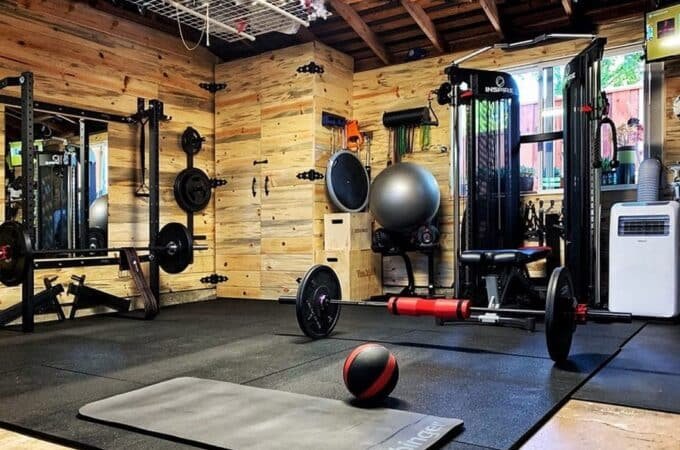
What should be the next sharp object on your kitchen?
Choosing good kitchen knives can be cumbersome if you do not have relevant information. The top brands in the sector always ensure you a quality product with good benefits. Have you had the good fortune to try good kitchen knives? Do you want objective criteria to know what kitchen knives to buy? If you want to enjoy the kitchen even more, it is a good option to invest in good knives and must go through with the Japanese knives reviews. Naturally the options that exist in the market are immense and here you will see some objective criteria to be able to identify the kitchen knives in which it is worth investing.
What kitchen knives to buy: two basic models
You could agree without equivocation that you will at least need two knives, the chef’s knife or chive knife and a peeling knife or lace. The chef knife will serve to cut and chop meats, vegetables and large pieces of fruit and even to fillet. The knife will serve to peel, cut and cut small pieces with greater precision.
The hardness of the steel will give you good clues
Many times you think of this, how to differentiate a good knife from another that is not and the answer is relatively simple, in the steel with which the knife is made. The hardness of the steel can act as an objective indicator of the quality of a knife. This hardness is measured on a scale called Rockwell and is represented by the acronym HRC. The big Western brands inform the buyer about this aspect and as a fact, a good knife does not fall below 56 HRC.
Why Japanese knives?
The series of knives that you must look for normally have a Rockwell hardness of 58 HRC and the Japanese knives usually surpass this index even reaching 61 HRC. The materials with which the knife handles are made also tells you a lot about their quality. The weight of the knife is a subjective matter, no doubt. But do not trust other brands. They are usually cheap knives whose steel is not of good quality. Good Japanese knives have a design designed to achieve a good balance of weights in the hand, between the blade and the handle, so that those who work with the knife for several hours should not make an effort in their handling.
Conclusion: Tips for the maintenance of your knives
The presentation of the knife, the box that contains it, is another proof of the quality of the knives. It is not an important aspect but it does say a lot about the care that the manufacturer has taken in presenting it to its potential users. Once you have good knives do not lose sight of their maintenance. Wash your kitchen knives by hand, do not use dishwashers and dry them well. Store them in a kitchen block or a magnetic bar to prevent them from colliding. Uses cutting boards made of wood or synthetic to cushion the blow. If you have to transport your knives, use a good briefcase.






